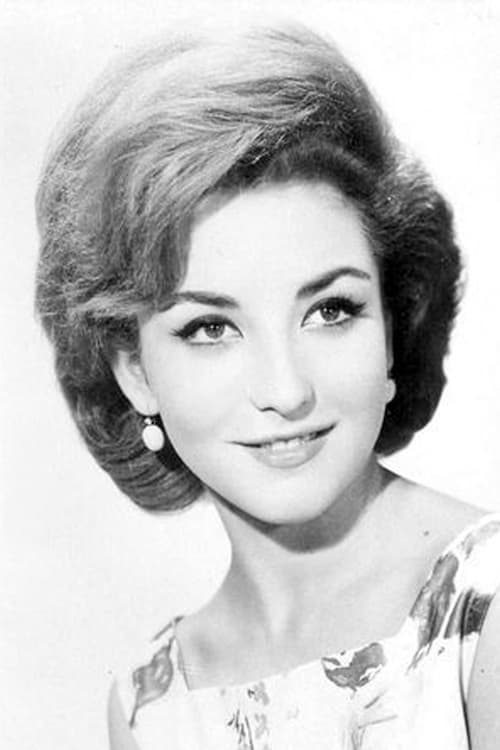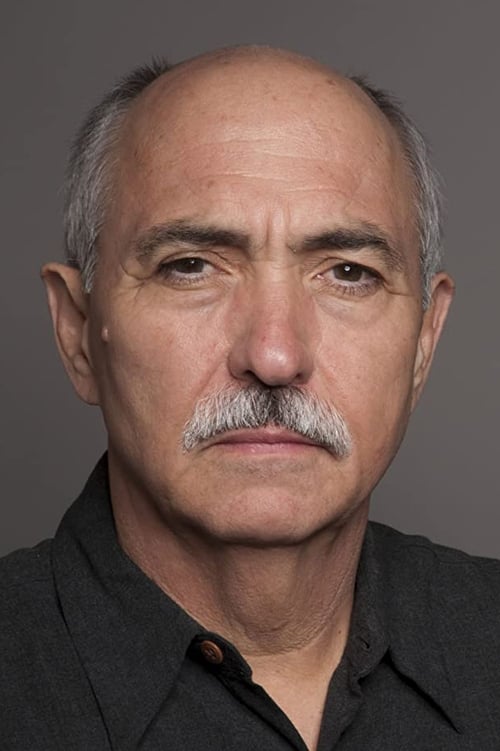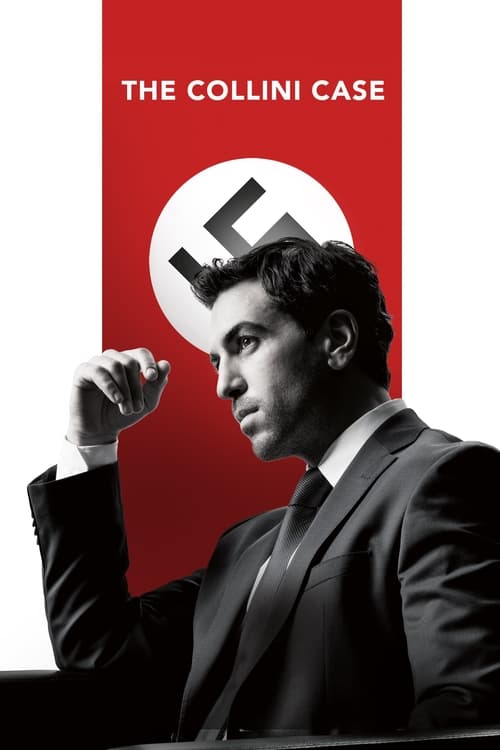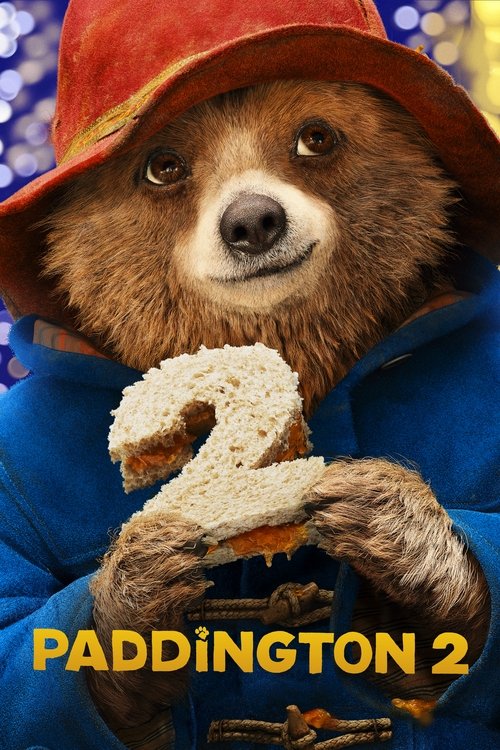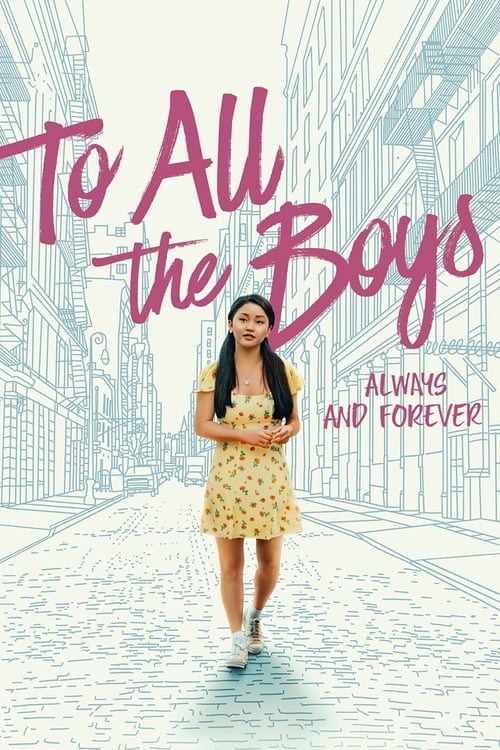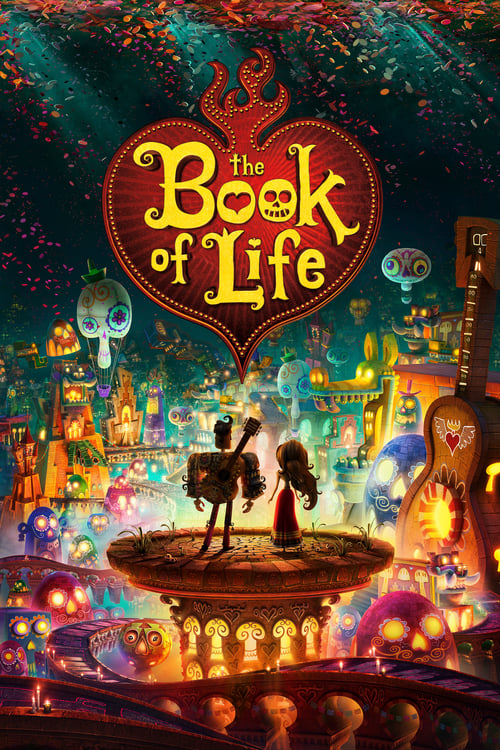
The Book of Life
The journey of Manolo, a young man who is torn between fulfilling the expectations of his family and following his heart. Before choosing which path to follow, he embarks on an incredible adventure that spans three fantastical worlds where he must face his greatest fears.
Dialogues from Movie The Book of Life
Quotes from Movie The Book of Life
Sound Tracks from The Book of Life by Gustavo Santaolalla
I Will Wait
I Will Wait by Mumford & Sons, End credits
No Matter Where You Are
No Matter Where You Are by Lana Del Rey, Key emotional moments
Creep (Acoustic Version)
Creep (Acoustic Version) by José González, Manolo's reflective scene
Download App
Memorable Scenes from Movie The Book of Life
Manolo's Song to Maria
Manolo, torn between his family's bullfighting legacy and his true passion for music, sings a heartfelt song to Maria. This moment is both beautiful and emotional, capturing Manolo's deep feelings for her and his desire to stay true to himself. The visuals are stunning, with vibrantly colored, animated backgrounds that reflect the emotional tone of the scene. The song's melodic tunes and touching lyrics elevate the moment, creating a significant shift in Manolo's character as he embraces his identity. After this, Maria begins to see Manolo in a new light, paving the way for their relationship to deepen.
Context: This scene is set at a critical time when Manolo is trying to express his love for Maria while struggling with his family's expectations. It's a turning point that showcases the film's themes of love, self-acceptance, and tradition.
The Candle Wish
In a magical moment, the characters of Manolo, Maria, and Joaquin stand in front of a giant candle. Each of them makes a wish, which leads to stunning visuals swirling with colors and lights. The tension builds as their wishes symbolize their dreams and desires. This scene highlights the contrasting paths each character will take, with the candle representing hope. Afterward, Joaquin's wish for glory leads him on a different path than Manolo's heartfelt wish for Maria. This moment emphasizes the film's focus on choices and the impact they have on fate.
Context: This scene introduces the importance of wishes and dreams in the characters' lives. It foreshadows their journeys while emphasizing the theme of destiny versus choice.
Manolo Faces the Bull
During a bullfighting scene, Manolo stands in the ring, ready to face the bull. The moment is filled with tension as he reflects on his family's history. However, instead of fighting, he chooses to sing to the bull, showcasing his refusal to conform to violence. The visuals are gripping as the audience holds its breath, waiting for his decision. After this pivotal moment, Manolo’s reputation is at stake, and he faces the consequences of his choices, resonating with viewers about pacifism and courage.
Context: This climactic scene is central to Manolo's character, highlighting his struggle between family loyalty and personal integrity. It's a defining moment that sparks change in his narrative.
Death's Proposal
Death reveals his plans to Manolo, giving him a choice between his life and the chance to win Maria's heart in the Land of the Remembered. The dreamlike visuals around Death enhance the surreal quality of the moment. This crucial point tests Manolo's values as he must choose to confront his fears or accept an easy way out. The aftermath sees him embarking on a journey filled with challenges, setting the stage for deeper self-discovery and growth.
Context: This moment encapsulates the film's exploration of life, death, and love, forcing Manolo to face his desires and fears. It establishes high stakes for his character.
The Day of the Dead Celebration
The vibrant and lively Day of the Dead celebration bursts onto the screen with colors, music, and dancing. Families gather to honor their ancestors, and the atmosphere is both joyous and poignant. The visual feast signifies the connection between the living and the dead, highlighting themes of remembrance and legacy. The celebration allows viewers to feel a sense of unity and belonging, enhancing the emotional weight of the story as we see how love transcends even death.
Context: This scene sets the stage for exploring cultural traditions and the importance of remembering loved ones, establishing the heart of the film's narrative.
Manolo's Sacrifice
In a deeply emotional climax, Manolo makes a selfless choice to save his friends, putting himself in danger to protect them. His bravery shines as the bond between the characters is tested. The moment is filled with heart-stopping visuals, where time seems to stand still as Manolo confronts his fears. After this act of sacrifice, the audience feels the weight of love and loyalty that defines true friendship, and it strengthens the themes of bravery and sacrifice in personal relationships.
Context: This scene showcases Manolo as a true hero, demonstrating his growth and alignment with the film's themes of love, sacrifice, and friendship.
Final Showdown with Xibalba
As the story reaches its climax, Manolo faces Xibalba in an epic duel that blends danger and humor. The stakes are high as they fight for Maria's love and the fate of their worlds. The visuals are stunning, filled with fantastical elements that make the moment unforgettable. The result of the duel reinforces the idea of courage and friendship overcoming darkness as characters learn important lessons about themselves.
Context: This showdown serves as a culmination of Manolo's journey, showcasing how he has grown and the values he holds dear. It's a vital part of the film's larger narrative and character arcs.
Emotional Reunion
The climactic moment when Manolo is finally reunited with Maria after enduring his trials is filled with emotion. As they embrace, the audience feels the intensity of their love, which has grown stronger despite the challenges they faced. The visuals capture the joy and relief, symbolizing their triumph over adversity. This reunion acts as a resolution to the emotional journey that both characters have undergone, solidifying their deep connection.
Context: This moment serves to show how love can prevail over obstacles, aligning perfectly with the central theme of the movie about love and loss.
Manolo's Father's Inheritance
During a poignant moment, Manolo’s father gives him a family heirloom, symbolizing his expectation of Manolo fulfilling the family legacy. The conversation is filled with tension as it highlights the conflict between tradition and personal desire. The emotional weight of this scene resonates with viewers as they see the struggle between family duty and the pursuit of one's passions.
Context: This moment encapsulates the central conflict of Manolo's character, illustrating the weight of expectation and the importance of following one's own dream.
Maria's Determination
Maria, taking control of her own destiny, boldly declares her desire to follow her own path rather than conform to societal expectations. Her speech is empowering and inspiring, representing the strong theme of female independence. The visuals are animated and energetic, reflecting Maria's spirit as she puts her desires before traditions. After this moment, viewers see her evolving into a more confident character.
Context: This scene strengthens the film's themes of independence and empowerment, amplifying Maria's character arc as she claims her own identity.
The Bridge of Memories
As the characters walk across the Bridge of Memories, they're visited by the spirits of their ancestors, offering wisdom and guidance. This moment contrasts the lively colors of the living world with the ethereal tones representing the dead. The heartfelt connections that unfold emphasize themes of legacy and remembrance as characters reflect on their past. Afterward, it leaves them changed, fostering deeper understanding of their families.
Context: This scene highlights the importance of remembering one's roots, tying into the film's overarching theme about the connections between generations.
Joaquin's Redemption
In a moment of self-reflection, Joaquin realizes the importance of true bravery and selflessness over seeking glory. His inner struggle is poignantly depicted as he transitions from seeking heroics for fame to understanding real heroism comes from love and sacrifice. The visuals depict his growth, and viewers resonate with his journey from arrogance to humility.
Context: This scene serves as a critical turning point for Joaquin's character, reinforcing themes of redemption and personal growth, and how relationships influence change.
Manolo's Heartfelt Confession
At a key moment, Manolo confesses his true feelings to Maria during a moment of vulnerability. The air is thick with emotion as he lays his heart bare, expressing his fears and hopes for the future. The surrounding visuals reflect his turmoil and the beauty of his honesty, leaving the audience captivated by the authenticity of his feelings. This confession solidifies their bond and sets the stage for their relationship moving forward.
Context: This moment deepens the romantic narrative and character development, aligning with the film's exploration of love and emotional courage.
Death Reveals His True Nature
In an unexpected twist, Death reveals that he isn't just a villain but a misunderstood character with his own desires and motivations. The moment is layered with complex emotions, flipping expectations. The visuals reflect the darker undertones juxtaposed with moments of humor, allowing viewers to understand Death beyond the trope of a negative force. This shift adds depth and nuance to the story, showing that even antagonists have layers.
Context: This scene explores themes of misunderstanding and the complexity of characters, emphasizing how perceptions can change with deeper truths.
A Mother's Love
An emotional flashback reveals Manolo's mother teaching him the beauty of music and love. This moment is tender and filled with nostalgia, showcasing their bond. The soft visuals enhance the warmth of their relationship, enriching the audience's understanding of Manolo's character and motivations. After this revelation, it adds layers to Manolo's journey and the influence of family in shaping his values.
Context: This scene connects to the theme of legacy, highlighting how family influences one's path and helps establish a foundation for dreams.
Joaquin and Manolo's Rivalry
The playful rivalry between Manolo and Joaquin becomes palpable as they compete for Maria's affection in humorous antics. This moment injects lightness into the narrative while revealing their contrasting personalities. The visuals are lively and colorful, embodying the playful spirit of their competition, creating an engagement for the audience. Afterward, this rivalry becomes a catalyst for character growth as they learn important lessons about friendship and love.
Context: This dynamic lays the foundation for jealousy and rivalry themes, while also showcasing the lighthearted tone that balances the film's heavier moments.
The Transformation of the Land of the Remembered
When Manolo enters the Land of the Remembered, the visuals explode with color and joy, showcasing a lively celebration of life and love. This moment contrasts starkly with the darker themes of death, and the interplay of these elements helps reinforce the messages of joy in remembrance. The aftermath leads to Manolo learning about his true self and the importance of memories in shaping identity.
Context: This marks a significant shift in the film’s tone and allows the audience to embrace the celebration of life, tying into the cultural relevance of Day of the Dead.
Xibalba's Manipulation
Xibalba’s scheming to disrupt the balance between the worlds is revealed, showing how he uses manipulation to stir conflict. The tension in this scene is palpable as the characters (and audience) realize the stakes are high. The dark visuals surrounding Xibalba create a stark contrast with the vibrancy of other scenes, enhancing the emotional weight. This moment drives the action forward in a way that complicates the dynamics between the characters.
Context: This scene develops the antagonist’s character, reinforcing themes of deception and conflict that propel the story forward.
The Final Farewell
In a heartbreaking farewell, Manolo says goodbye to a beloved character who has significantly influenced his journey. The emotional weight of their parting is palpable, emphasized by teary-eyed visuals and a haunting score. As this moment unfolds, viewers feel deeply connected to the themes of loss and appreciation for loved ones. The aftermath sees Manolo more determined than ever to honor this character's memory.
Context: This moment encapsulates key themes of love and loss intrinsic to the film, reminding viewers of the transient nature of life and the importance of cherishing relationships.
Finding Inner Strength
Manolo, facing seemingly insurmountable odds, finds inner strength through the memories of those who have loved him. This montage highlights his journey paired with powerful visuals that celebrate his heritage and connection. This scene fosters a sense of empowerment as audiences witness Manolo embracing his identity and spirit. The aftermath leads to his determination to fight for love and courage, resonating with viewers deeply.
Context: Here, we see the culmination of Manolo’s character arc and the film’s central theme of finding strength in love, family, and identity.
Download App



